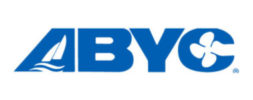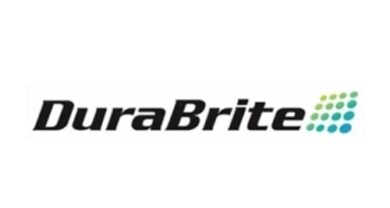Integra Realty Resources unveils recent trends in the U.S. marina industry
Integra Realty Resources’ (IRR) Gerard McDonough, MAI, FRICS, a highly-respected marina appraiser and senior managing director of IRR’s Providence, RI office, recently keynoted the second annual Marina Valuation and Investment Seminar held in Sydney, Australia. McDonough presented insights into the rise in demand for marinas as an asset class in the United States at the seminar, which was hosted by the Global Marina Institute through its partner, the Marina Industries Association (MIA).
Addressing the marina owners, operators, and other industry professionals in attendance, McDonough stated that the marina industry has dramatically improved over the last six years. Recent transactions in the U.S. marina marketplace – including one of the largest multi-facility transactions that’s expected to close by the end of 2015 – are evidence of this progress, which can be attributed first and foremost to a healthy economy and increased interest in boating.
“There has been a strong upswing in investor demand for marinas here in the U.S. The industry has recovered and is relatively robust, and that’s expected to continue in concert with the prevailing economic conditions,” McDonough said. “Investors have recognized how difficult it is to permit a marina compared to other asset classes, like the hotel industry. This effectively ensures the durability of that income stream and prevents oversupply – something that happens often in the other investment-type classes.”
The historically mom-and-pop marina industry is transforming with larger investment groups entering the marketplace and acquiring marinas, which McDonough predicts will ultimately make marinas into its own institutional-type asset class. This shift could lead to sufficient income streams and the availability of operating expense information that consequently would allow for more transparency and accurate analyses of marinas. Australia is already embracing this kind of detailed overview of the industry, giving them the capabilities to better gauge the health of their own marina industry.
“Investment banks and hedge funds have also recognized this asset class’ potential,” continued McDonough. “You’re going to see further consolidation as larger investment companies enter the marketplace and acquire more marinas functioning under a singular umbrella-type operation. And these investors won’t have to rely on their local or regional banks to get the funding they’re seeking.”
Much has changed for the marina industry since the mid-2000s when investors were looking at other alternative developments on potential marina sites. The strategy at that time meant that the prices paid were not meeting the typical investment returns expected on an income producing marina property. In today’s marketplace, marinas are being purchased based on their income producing potential and as the overall economy improves, there may be acquisitions where buyers will also be giving credit to other types of upland development on the site.
For new investors, buyers, sellers, lenders, or professionals looking to gain a thorough understanding of the sector, McDonough recommends having a sufficient amount of background – at least three to four years of detailed income and expense information – to accurately estimate the value of a marina property.




